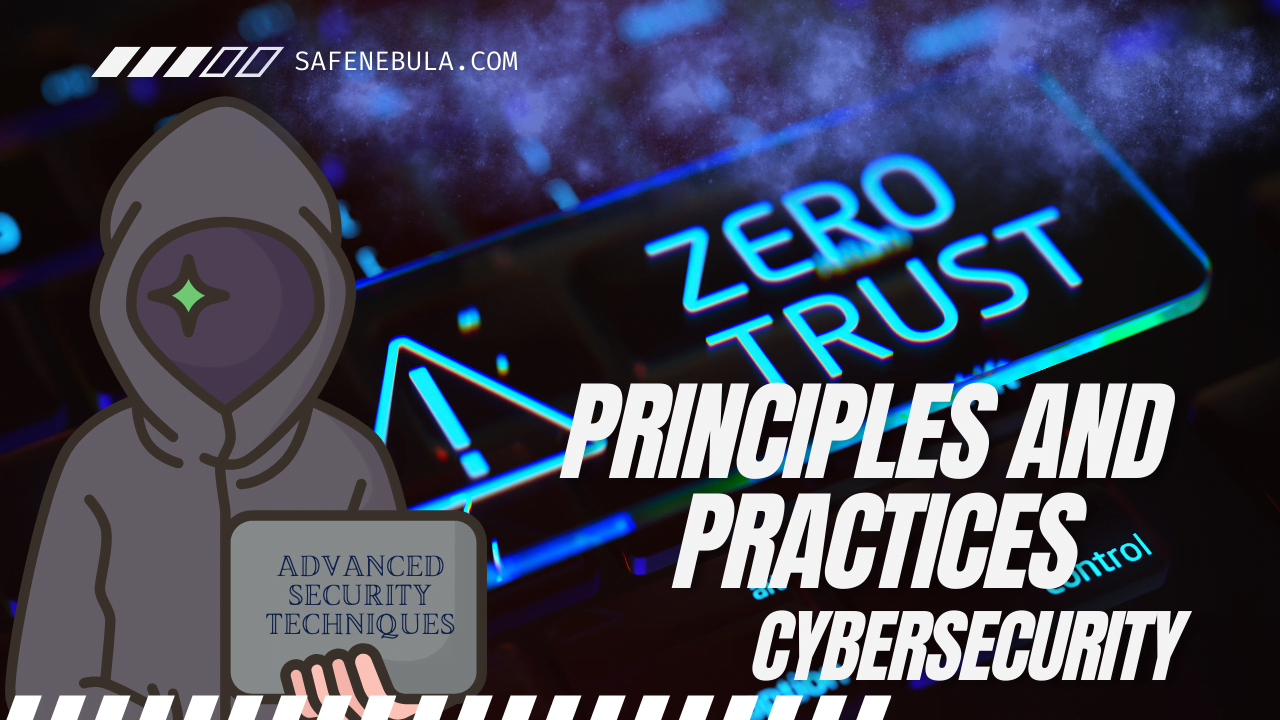In an era where cyber threats can originate from anywhere – outside or within an organization’s digital boundaries – the traditional “trust but verify” security model is proving inadequate. Enter the Zero Trust security model, a paradigm shift in cybersecurity that operates on a simple principle: trust no one, verify everything. This article introduces the Zero Trust model, outlining its fundamental principles, how it minimizes vulnerabilities, and its effectiveness in protecting against both external and internal threats.
What is the Zero Trust Model?

The Zero Trust model is a strategic approach to cybersecurity that eliminates implicit trust in any entity — user, device, application, or network — regardless of their location relative to the organization’s perimeter. Instead, Zero Trust requires continuous verification of the security posture of those entities seeking access to resources, ensuring that only authenticated and authorized users and devices can access applications and data.
Principles of Zero Trust
1. Never Trust, Always Verify: Assume that threats could be anywhere, and trustworthiness is never implied by user identity or network location.
2. Least Privilege Access: Limit users’ access to only what they need to perform their duties. This minimizes the potential damage from breaches or insider threats.
3. Micro-Segmentation: Break down security perimeters into small, manageable zones to maintain separate access for separate parts of the network. This limits an attacker’s capability to move laterally across the network.
4. Multi-Factor Authentication (MFA): Require multiple pieces of evidence before granting access, combining something the user knows (password), something they have (security token), and something they are (biometric verification).
5. Comprehensive Monitoring and Logging: Implement detailed logging and analysis of traffic patterns to detect and respond to anomalies in real time.
Implementing Zero Trust
Implementing a Zero Trust architecture involves a thorough assessment of your organization’s assets, workflows, and data flows. Critical steps include:
- Identifying Sensitive Data: Know where your critical data resides and who needs access to it.
- Mapping Transaction Flows: Understand how data moves within your organization to establish secure paths for information transfer.
- Architecting a Zero Trust Network: Use micro-segmentation and encryption to secure data paths. Implement security controls and inspect all traffic as if it originates from an untrusted source.
- Enforcing Policy Through Automation: Deploy technologies that enforce access policies dynamically. Use artificial intelligence and machine learning to detect anomalies and automate responses.
Advantages of Zero Trust
- Enhanced Security Posture: By verifying every access request, regardless of origin, Zero Trust significantly reduces the attack surface.
- Reduced Insider Threat Risk: Strict access controls and continuous monitoring help in detecting and mitigating insider threats.
- Agility and Flexibility: Zero Trust architectures are inherently more adaptable to changes, such as the adoption of cloud services and remote work models.
Conclusion
The Zero Trust security model offers a comprehensive framework for safeguarding against the increasingly sophisticated and pervasive cyber threats facing organizations today. By abandoning the outdated assumption that everything inside the network is safe, Zero Trust ensures a robust defense mechanism that is centered on continuous verification, least privilege, and assuming breach. Implementing Zero Trust principles requires a paradigm shift in how security is approached, but the result is a more resilient and secure organizational environment.
